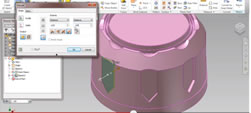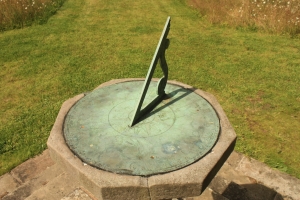 There are a lot of websites out there offering basic inventor assistance regarding patenting and other types of advice regarding your inventions. Some are certainly helpful at getting started and perhaps providing some introductory information as to patentability and other alternatives an inventor might pursue to protect an invention.
There are a lot of websites out there offering basic inventor assistance regarding patenting and other types of advice regarding your inventions. Some are certainly helpful at getting started and perhaps providing some introductory information as to patentability and other alternatives an inventor might pursue to protect an invention.
Consult a professional about whether your invention may have commercial value, and get inventor assistance and help with whether or not to patent and how to patent your invention.
Non-Profits Companies Providing Inventor Assistance
Benefit: There are a few nonprofit organizations that can help an inventor determine if they should spend the money and energy developing an idea. One is the Inventor’s Assistance League, Inc. Such organizations have been generally found to be helpful and a key benefit to discussing an invention with them and other professionals who advise about the value of inventions is the focus on marketing and the business end, which many inventors do not have.
Possible Downsides: No interest in the commercial investment can limit interest in developing the product and not all of the contacts at organizations like these have a lot of business experience.
Professionals That Help Develop Inventions and Products
Benefit: There are businesses that specialize in product development and prototype development. Some of these provide helpful inventor assistance so long as you have a good contract in place to protect your invention when you deal with them. They are a business and they have commercial priorities, so if they think the product can sell they will often be willing to work with you.
Possible Downsides: These businesses have areas that they specialize in, and if your invention isn’t “their kind of thing” their interest and feedback may be of limited value.
Using The USPTO For Inventor Assistance
If you know you want to patent something up front, the USPTO provides some very general assistant to inventors. They have an inventors’ assistance section that is on the USPTO website. Keep in mind that the information they are willing to provide is very general and is targeted at the process of getting an invention, not an individual’s specific invention. The staff at the USPTO cannot give advice as to a specific invention and they cannot give legal advice.
Consulting Outside Sources Gives Additional Information and A Different Approach
Consulting with a professional, either from a non-profit of the private sector has value on at least two fronts:
- The inventor gets feedback from a party that is not invested in the invention’s success.
- The inventor gets feedback from a party that knows about the marketplace and what sells.
Keep In Mind: Professionals are not always right
No matter who you talk to, there are literally thousands of inventions and products that everyone thought would fail except the handful of people who got it on the market. While most inventions have no commercial value, some do. If you see it but others don’t you should not give up on your invention.






 It’s not a cliche, nor is it some kind of marketing gambit, to say that anyone can be an inventor. Learning how to be an inventor is a process just like learning how to ride a bicycle or learning how to draw. Some people say that you need some special kind of ‘talent’ to draw, that it is innate and that you can’t ‘learn’ it. Yet many books, courses and educators have
It’s not a cliche, nor is it some kind of marketing gambit, to say that anyone can be an inventor. Learning how to be an inventor is a process just like learning how to ride a bicycle or learning how to draw. Some people say that you need some special kind of ‘talent’ to draw, that it is innate and that you can’t ‘learn’ it. Yet many books, courses and educators have 
 An invention timeline can be described as the path that takes a new process or product from conception to realization. An invention could be based on improving earlier ideas or could be something completely new and unthought of.
An invention timeline can be described as the path that takes a new process or product from conception to realization. An invention could be based on improving earlier ideas or could be something completely new and unthought of.